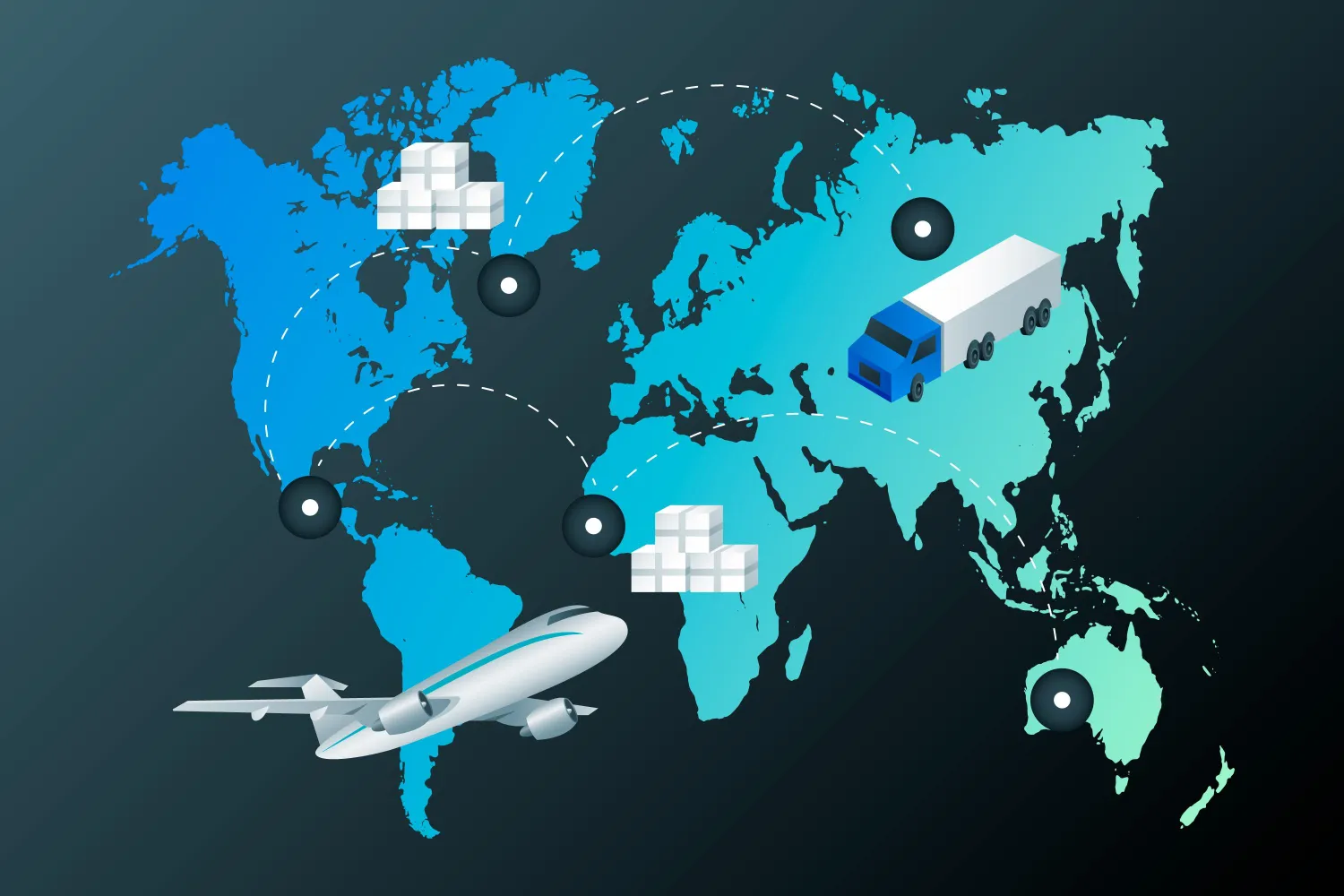Indian Green Cardamom
Indian cardamom is a spice produced by the perennial herb Elettaria cardamomum. India is the world’s largest producer and exporter of cardamom. Cardamom can ease inflammation, protect cells against oxidative stress, and help the body handle insulin better. Cardamom is one of the most expensive spices by weight. This is due to how it is grown and the labor that goes into its harvest. Originally, cardamom grew wildly along the Western Ghats in South India. This region even to this day is known as Cardamom Hills. Cultivation is accomplished through either seeds or vegetative propagation via suckers, with the latter being the preferred method. The plant produces long, trailing leafy stalks from its base, serving as the carriers of the fruit. The cardamom flower displays a green hue with a white and purple-veined tip. The fruit, referred to as a “capsule,” is harvested exclusively when fully ripe. These crops thrive in temperatures ranging from 15 to 35 degrees Celsius. Optimal planting time coincides with the monsoon season, as cardamom plants flourish in light drizzles and cloudy conditions. Cardamom plants demand meticulous care, characterized by regular weeding, frequent watering in hot summer months, ensuring adequate light during monsoons, providing ample shade in summers, and year-round organic moisturizing. Additionally, fertilizers are employed to deter pests from affecting the fruit. Fruit-bearing typically commences in the second or third year of plantation, with harvest occurring at the ripened stage. The hand-harvesting process contributes to the elevated cost of cardamom. Following harvest, capsules undergo sun-drying or machine-drying, contingent on prevailing weather conditions. Grading of cardamom hinges on size and color. To preserve their green hue, dried capsules are packed in black polythene bags. Mainly 4 varieties of cardamom is being cultivated IISR-Vijetha – 1 (Small Cardamom), IISR-Avinash (RR1) (Small Cardamom) , Kodagu Cardamom-Suvasini (Small Cardamom), Appangala 2 Appangala 2 Plant type Malabar Year of Release 2014 Pedigree Hybrid of Appangala-1 (Moderate yielder) X NKE -19 (Mosaic resistant) Areas of Adoption Karnataka and Wynad Maturity Group 120 days from flowering Yield 927 kg dry capsules/ha Potential yield 1393 kg dry capsules/ha Quality Attribute Essential oil 6.3% Dry recovery 21.10% Terpenyl acetate 40.32% 1.8-Cineole 29.53% Morphological Characters Colour of aerial shoot Dark green Plant height (cm) 215.94 Leaf length/breadth (cm) 42/8 No. of tillers per clump 31 No. of panicles per clump 28 No. of flowers per panicle 163 Reaction to major pests and diseases Shoot/panicle/capsule borer (Conogethes puncitferalis) Tolerant Shoot/panicle/capsule borer (Conogethes puncitferalis)) Tolerant Special characteristics High yielding cardamom hybrid with average yield of 927.29 kg dry capsules/ha. Cardamom mosaic virus resistant under field conditions and moderately resistant under artificial conditions. Green, medium bold capsules with essential oil (6.3 %) and high α terpinyl acetate (40.32%) Source: ICAR-Indian Institute of Spices Research (IISR) Cardamoms are classified by-Sizes: 8 mm, 7.5 mm, 7 mm (most preferred, and expensive) / 6.5 mm, 6 mm, 5 mm -Color, ripeness: Seed and Green cardamoms are generally more expensive compared to the ripe ones Picking, sorting and grading is a laborious manual process so it’s always had a very high price (it’s known as the Queen of Spices) and is generally second only to saffron as the most expensive spice. The cardamom plantations are tucked away deep in the hills. The cardamom pods form on shoots at the base of the plant and are bright green with the seeds inside that turn from green (and tasteless) when underripe, to black and rich with fragrant oils when fully ripe. The pods are picked when they reach a particular size and weight, and are washed and dried overnight. At this point they’ve lost about 80% of their original weight as the skins of the pods are full of water. They’re picked through to remove any stalks or debris then the planter will store them and look to the market to try and judge when the time is right to sell. Every day at the official Indian Spices Board building, there’s an auction, the traders have a few seconds to assess the sample – they’re looking for colour, size, scent, consistency and density (if they feel heavy for their size which indicates high seed content and so higher prices. The trading then happens in deathly silence as the price goes up incredibly quickly in 2 rupee increments. The bids are made through an automated system and within seconds, decisions worth tens of thousands of dollars can be made and each batch is sold. As per the latest Spices Board data, cardamom exports between April to February 2022-23 stood at 7,031 Mt, worth Rs 828.50 crore (USD 99.52 M), a decline of 25 percent in volume and 33 percent in value YOY In 2021-22, exports had peaked at 10,572 Mt, worth Rs 1,375.70 crore.(USD 165.25 M) The main producing regions are Kerala (35%), Sikkim (17%), Karnataka (5.94%), Nagaland (5.86%), West Bengal (3.16%), Tamil Nadu (1.50%). The seasonality of cardamom cultivation in India varies slightly across different regions, but in general, the harvesting season extends from late summer to early winter. The cardamom is sorted by size then graded by hand in an incredibly labour intensive process, Given its demanding cultivation process, timing is a critical factor in the production of cardamom. The next time you encounter this spice on your plate, consider the considerable effort invested in bringing it to you.









